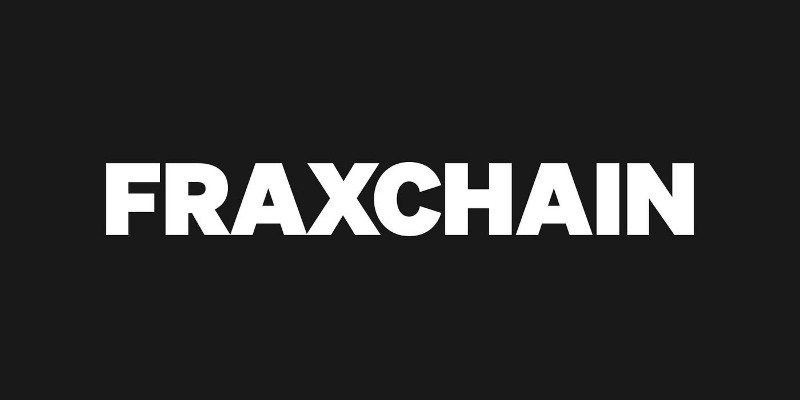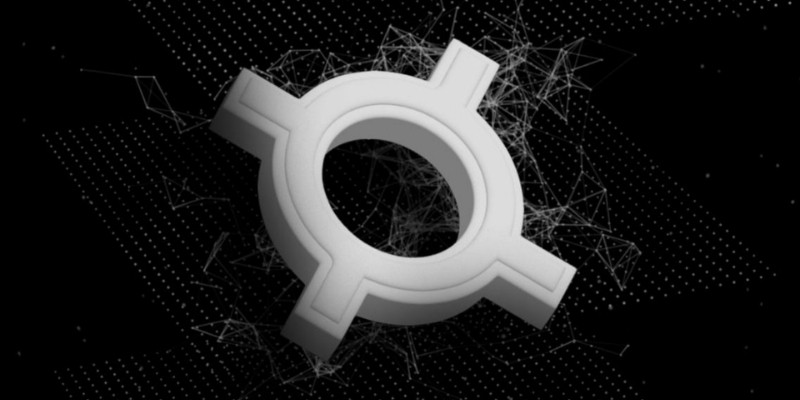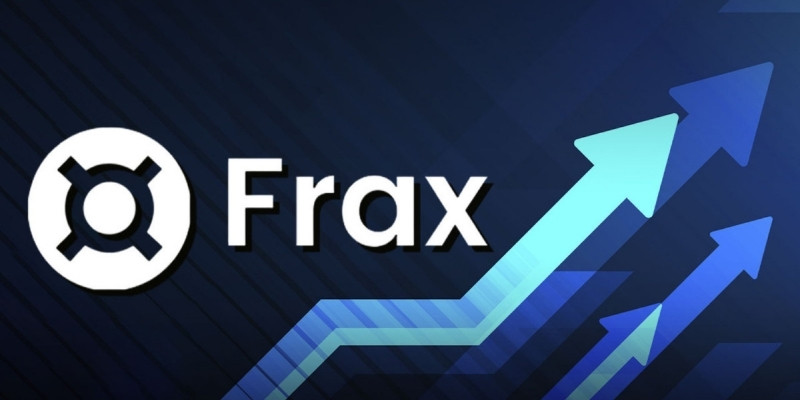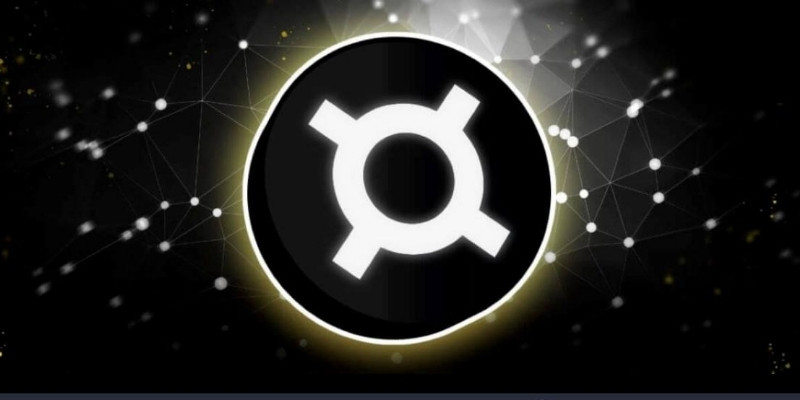Fraxchain is a Layer 2 blockchain that promises to revolutionize blockchain technology by applying the hybrid rollup model, combining Optimistic Rollup and ZK Rollup. Developed by the Frax Finance team, Fraxchain aims to optimize the DeFi ecosystem, especially by using the stablecoin FRAX in transactions. In this article, we will explore “What is Fraxchain?”
What is Fraxchain?
Fraxchain is a Layer 2 blockchain developed by Frax Finance, designed to address scalability issues faced by current blockchains, particularly Ethereum. While Ethereum is a popular platform for decentralized applications (dApps), it suffers from high transaction fees and slow processing speeds, especially when dealing with large transaction volumes. This is why Frax Finance developed Fraxchain as a solution to overcome these limitations.
Frax utilizes Hybrid Rollup technology, combining Optimistic Rollup and Zero-Knowledge (ZK) Rollup, to enhance scalability and performance. This technology enables Frax to process transactions quickly and efficiently while minimizing costs for users. Fraxchain’s goal is to make the use of the FRAX stablecoin more accessible and effective for blockchain transactions.
One of Fraxchain’s strengths is its ability to scale without compromising security, a challenge many current Layer 2 blockchains face. Frax focuses not only on DeFi applications but also has the potential to serve various other sectors within the blockchain ecosystem.

Fraxchain’s development team
Frax Finance, the platform behind Fraxchain, was founded by prominent blockchain experts such as Jason Huan, Sam Kazemian, and Travis Moore. This team not only has extensive experience in blockchain technology but also pioneers in developing innovative solutions for the DeFi ecosystem.
With the leadership of its visionary founders, Frax Finance has developed groundbreaking products such as FraxSwap, FraxLend, and especially Fraxchain, with the goal of creating a secure and efficient blockchain that meets user needs in today’s blockchain environment.
Key technology of Fraxchain
To better understand “What is Fraxchain?”, let’s dive into the technology behind this platform in the next section.
Frax utilizes Hybrid Rollup technology, which combines two prominent Layer 2 solutions: Optimistic Rollup and Zero-Knowledge (ZK) Rollup. This combination is one of Fraxchain’s standout features, offering superior benefits compared to other Layer 2 solutions.
Optimistic Rollup is a technology that enhances blockchain scalability. Instead of verifying every transaction immediately, it assumes transactions are valid and only checks if someone objects. This reduces transaction costs and processing time. However, a drawback of Optimistic Rollup is that it can slow down transaction processing due to the waiting period for potential objections.
ZK Rollup, on the other hand, uses immutable proofs (zero-knowledge proofs) to verify the validity of transactions instantly. This technology boosts transaction speed and enhances security but requires higher computational costs and is not fully compatible with the Ethereum Virtual Machine (EVM).
By combining both Optimistic Rollup and ZK Rollup, Fraxchain leverages the strengths of both technologies while addressing their individual drawbacks. Specifically, Frax can maintain high transaction performance while ensuring security and scalability. Additionally, using Hybrid Rollup allows Fraxchain to integrate seamlessly with other blockchains, especially Ethereum, enhancing the platform’s flexibility and compatibility.

Fraxchain’s operational model
What is Fraxchain? The answer lies not only in the Hybrid Rollup technology but also in the unique operational model of this platform. One of the key highlights is the change in the sequencer operation mechanism.
Changing the sequencer mechanism
The sequencer is a crucial component in Layer 2 systems using Optimistic Rollup and ZK Rollup. It verifies and processes transactions before submitting them to Layer 1. However, the traditional sequencer model, where a single entity manages the sequencer, can create performance and network availability issues if the sequencer encounters problems.
Centralized sequencer model
Most Layer 2 solutions today use a “centralized” sequencer model for several reasons. According to research by FundStrat, operating a centralized sequencer provides significant revenue for the individual or organization that controls it, regardless of transaction fees. For example, Coinbase operates the sequencer for the Base blockchain and generates around $30 million annually from this operation.
Decentralized sequencer model of Frax
Unlike blockchain solutions using a “centralized” sequencer, Frax adopts a “decentralized” sequencer model, where multiple sequencers, instead of a single entity, are utilized. These sequencers are elected by the Frax community via a voting system. This ensures faster and more efficient transaction processing compared to the centralized model.
Frax is moving toward a decentralized ecosystem, where power is given to the community and decentralized autonomous organizations (DAOs). However, this model also has a potential downside, as it could reduce the profits for the Frax team since sequencers are no longer controlled by a single organization or individual.
Transaction fees with frxETH
A notable feature of Fraxchain is the use of frxETH as transaction fees instead of ETH, as seen with other Layer 2 blockchains on Ethereum. Transaction fees collected on the network are partially distributed as rewards to veFXS holders, the token received when users stake FXS. This adds value for FXS holders, as they benefit from transactions occurring on FraxSwap and FraxLend.
frxETH is a product of Frax Finance, issued as a Liquid Staking Derivative (LSD) and backed 1:1 with ETH. When users lock ETH, they receive frxETH of equivalent value, which can be used for staking and farming on platforms like Balancer or Frax Ether.

Key features of Fraxchain
In addition to Hybrid Rollup technology and the use of frxETH for transaction fees, Fraxchain has several other standout features that set it apart from other Layer 2 blockchains:
Account abstraction: This feature allows users to interact with Frax without having to manage private keys, improving user experience. Account Abstraction also helps reduce transaction costs and optimize the system’s efficiency.
EVM compatibility: Fraxchain is built on the Ethereum platform, ensuring high compatibility with existing Ethereum applications and tools. This allows developers to easily deploy dApps on Frax without the need to significantly alter the source code.
Enhancing the frax finance ecosystem: Fraxchain not only supports Frax Finance protocols but also helps increase liquidity and value for products like FraxSwap and FraxLend. This creates a sustainable and potentially rapidly growing ecosystem.

In this article, Financial Insight Daily has explained in detail “What is Fraxchain?” Frax is not just a simple Layer 2 blockchain; it introduces a breakthrough in technology and performance within the blockchain ecosystem. With Hybrid Rollup technology, a decentralized sequencer model, and the use of frxETH as transaction fees, Frax promises to be one of the optimal solutions for DeFi applications in the future. With its strong development potential, Frax will play a pivotal role in transforming how transactions and interactions occur on blockchain, ushering in a new era for developers and users in the DeFi community.
